Padma Bhushan Fr Camil Bulcke : A Jesuit priest who fell in love with Ram Katha
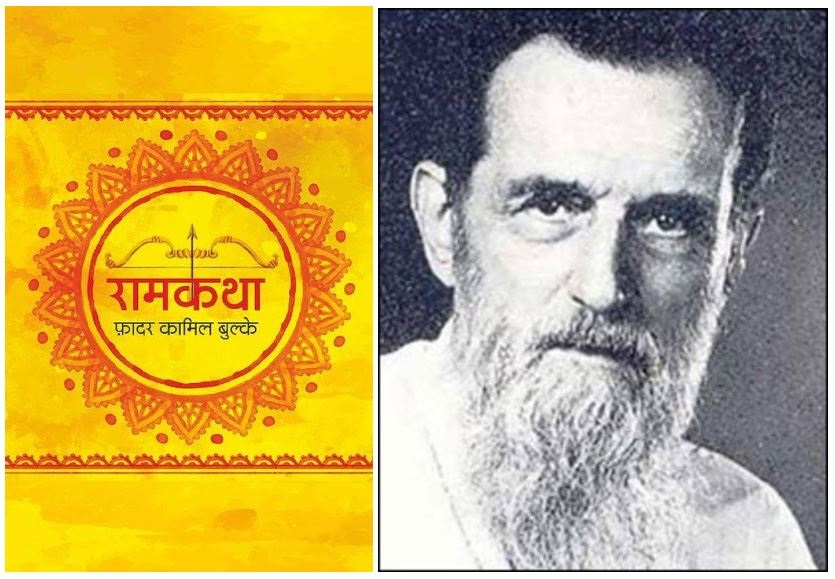
By Camil Parkhe
Pune, 19th January 2024: The President of India in 1974, Dr. V. V. Giri, conferred the Padma Bhushan title on Fr. Camil Bulcke, a Jesuit priest of Belgium origin, in recognition of his services for enriching Hindi language and his research work as an indologist. Fr. Bulcke was a multi-faceted personality. His Angreji-Hindi Kosh (English-Hindi Dictionary), was first published in 1968 and reprinted several times thereafter. He is also credited with translation of the Bible into Hindi.
His magnum opus, of course, is his research work on the story of Rama in Indian literature, both in Sanskrit and vernacular languages.
Fr. Camil (also spelt as Camille) Bulcke was born in Flanders in Belgium in 1909. It is said that the name of his village, Ramaskapelle, predestined him to become an expert of Ramayan and Rama story. He was an engineering graduate when he decided to join the Society of Jesus in 1930. He sailed in 1935 to India, a land that was to become his home for the rest of his life. He was ordained priest in 1941. He graduated in Sanskrit from Calcutta University, obtained his MA in Hindi and D Phil from Allahabad University.
Fr. Bulcke was the head of Hindi and Sanskrit department at St Xavier’s College in Ranchi from 1950 to 1977.
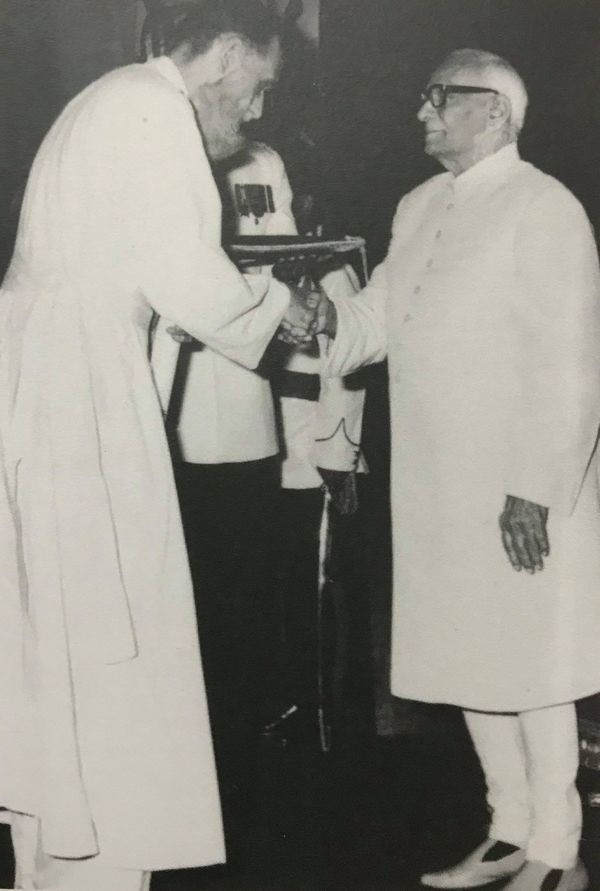
Bulcke obtained doctorate in Hindi of the Allahabad University. The subject of his thesis was ‘Ramakatha : Utpatti Aur Vikas’. (The story of Lord Rama: Origin and development).
Allahabad University published the dissertation for the D. Phil. degree in 1950. It is noteworthy that Fr. Bulcke’s dissertation was the first doctoral dissertation in Hindi. Until then, such dissertations were written only in English.
Since the thesis in Hindi was published soon after Independence, the author of the thesis also came into the limelight. Allahabad University published the second edition of the research work in 1962 and the third edition in 1971.
A Malayalam translation of the book was published by the Kerala Sahitya Academy in 1978.
Ever since Fr. Bulcke arrived in India, he fell in love with the country, especially the north Indian Hindi belt. He had accepted Indian citizenship in 1950.
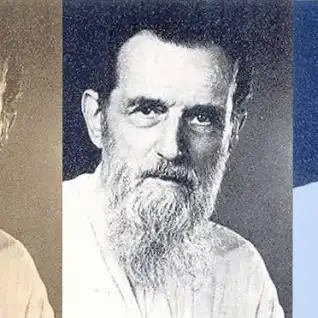
Taking note of Fr. Camil Bulcke’s work in the field of literature, the government of Bihar appointed him as a founder member of ‘Bihar Sahitya Academy’. Thereafter he was appointed as a member of many committees at the national level by the Central Government. He functioned as a member of many literary institutes at State and national levels. He tried a great deal for recognition of Hindi as the national language.
Apart from Hindi, Fr. Bulcke also knew Hebrew, Greek, Latin, and Sanskrit and spoke Dutch, French, German and English fluently.
After completing research on Ramakatha, Fr. Camil Bulcke dedicated himself to translation of Bible in Hindi and also for creating English-Hindi dictionary. The dictionary was published in 1968 and thereafter many editions of the same were taken out. The translation of the entire second part of the Bible, New Testament, was published in 1977. The Hindi translation of the Bible was published in 1986. But Fr Camil Bulcke did not live long enough to see the publication as he had passed away in 1982. Special programmes based on the work done by the scholar of oriental research were telecast on television and broadcast on radio.
Fr. Camil Bulcke has been called an encyclopaedia of the Rama story. It was said that ‘in the field of Hindi research on Ram Charit Manas, an epic by a medieval saint Tulsi Das, Bulcke’s work is supreme. His is the last word on the subject’. He was referred to as one of the greatest authorities on Lord Rama. Therefore, he was frequently invited to speak on Rama and Ramayana. In the Hindi region of north India, he was fondly referred to as Baba Bulcke.
Fr. Bulcke’s English-Hindi dictionary is a well-known standard work. It has been described as ‘a scholarly, up-to-date and scientifically made dictionary catering to the needs of Hindi speakers in using English’.
John Feys in his article ‘Fr. Bulcke the Indologist’ has said that ‘only one in a thousand Jesuits perhaps can make his mark in Indology as did Fr. Camil Bulcke’.
Lauding Fr. Bulcke’s research, a noted Hindi scholar has said, `As long as there will be rivers and mountains on this earth, the story of Ram will be spread. As long as the story of Ram is told, Baba Bulcke will not be forgotten.”
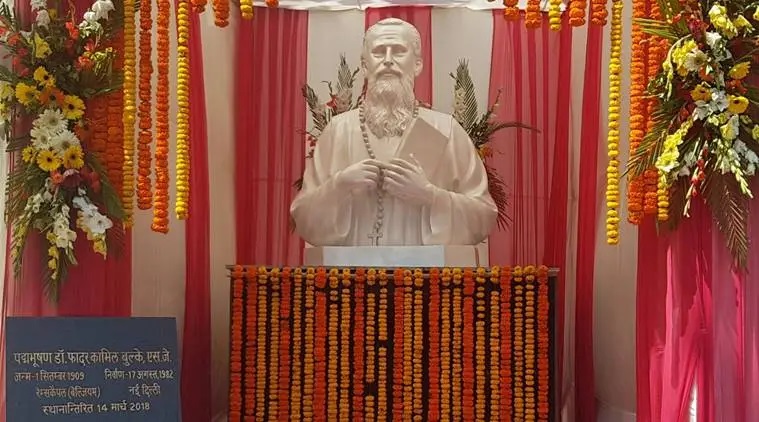
The mortal remains of Fr, Camille Bulcke were exhumed from Nicholson cemetery in New Delhi 35 years after his death in 1982 and brought to his Karma Bhoomi Ranchi, The remains were reburied at St Xavier’s College in Ranchi in the presence of a large gathering belonging to various walks of life, It was hailed as a an altogether different kind of `Ghar Wapasi’ of the great Indologist.
References:
1. ‘Dr. Camille Bulcke: the Jesuit who loved Ram’, ‘Saints and sages in India’, by Fr. R S Lesser, Gujarat Sahitya Prakash, P B No 70, Anand, Gujarat, 388 001
2. ‘Jesuits in India : In Historical Perspective,’ Edited by Teotonio R. De Souza and Charles J. Borges, Instituto Cultural de Macau and Xavier Centre of Historical Research, Goa (1992)
3. Fr. Camille Bulcke: The Indologist’ by J Feys, ‘Jesuits presence in Indian History’ – Edited by Anand Amaladoss (S.J), Commemorative volume on the occasion of the 150th anniversary of the new Madurai Mission 1838 – 1988, Published by X Dias de Rio ( S.J.), Gujarat Sahitya Prakash, P.B. No. 70, Anand – 388 001
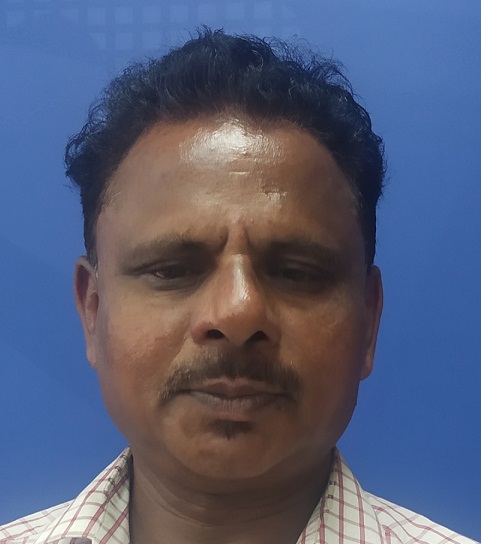
(About the author: Camil Parkhe is a senior journalist based in Pune. He started his journalism career in Goa and has worked in various newspapers in different capacities.)








